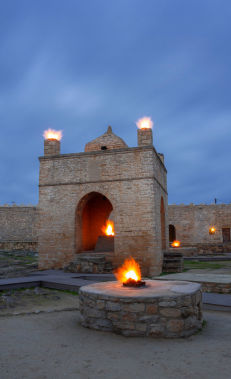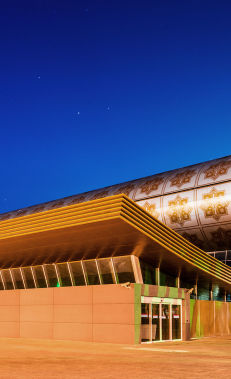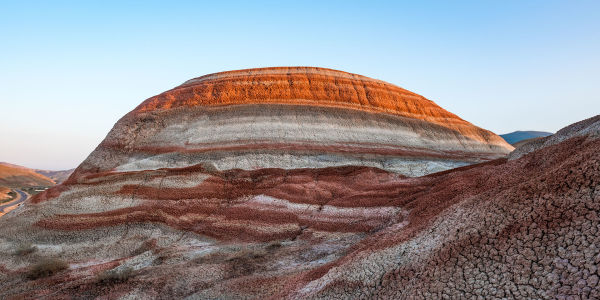Polish heritage in Bakuthe Paris of the Caucasus
You may wonder – how did Polish-designed architecture appear in Baku and other regions of the country? It happened as follows: In the 19th century Azerbaijan and Poland were both part of the Russian Empire, and during the rapid development of Azerbaijan's oil industry many Poles came to Baku in search of work and a better life. There were also Poles who’d been exiled to the Caucasus for participating in national uprisings. Although Azerbaijan’s Poles lived mainly in Baku, examples of Polish architectural heritage can also be found in other regions of Azerbaijan.
During this period, three Polish architects served at different times as the chief architect of Baku: Jozef Goslawski (1892 – 1904), Kazimierz Skorewicz (1904 – 1907) and Jozef Ploszko (1907 – 1910). The architectural gems created by them and one more Polish architect, Eugeniusz Skibinski, breathed new life into the city. Their works include Baku City Hall, the Azerbaijan National History Museum, the Institute of Manuscripts, and the Palace of Happiness, among many other luxurious buildings.
You can find out more about the unique Polish legacy in Azerbaijan by downloading this brochure, as well as by taking a specially designed walking tour (download the map for it below), whose stops include many of the city’s architectural gems, plus the grave of the Polish engineer Pawel Potocki and also the house museum of the cellists of Polish origin, Leopold and Mscislaw Rostropowicz. During the walk you’ll find out about the world’s first school for Muslim girls, the love stories of Baku’s oil millionaires, the fates of the Polish architects, the scandal involving Baku’s “Flour King”, and hear many other interesting stories. The route also passes lots of cafes, so you can grab a takeaway tea or coffee!




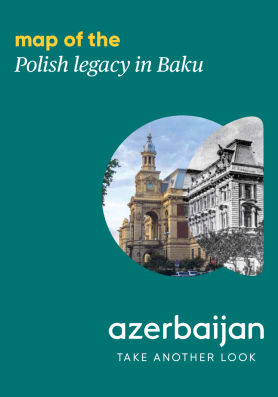

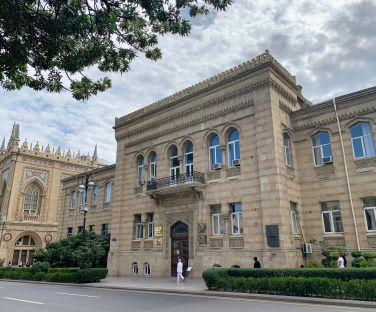

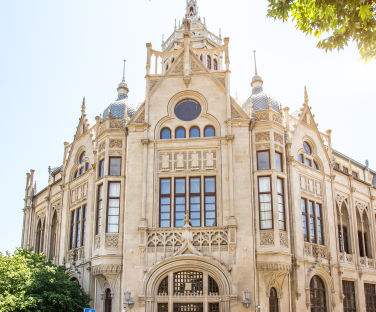
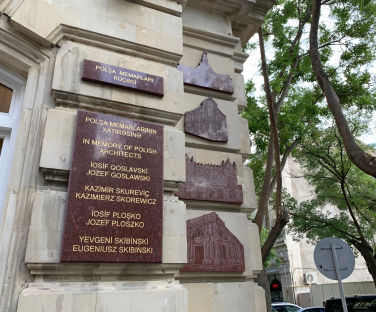
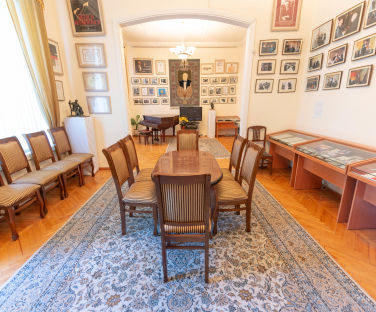
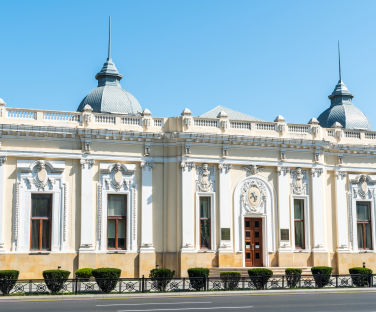

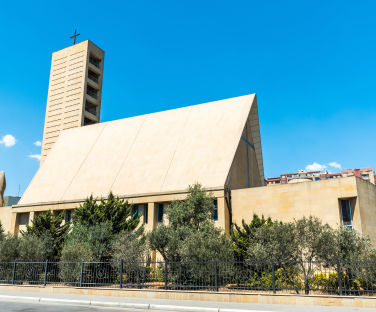



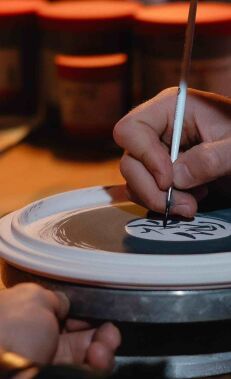
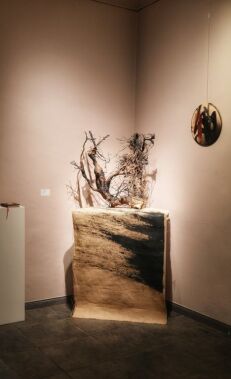

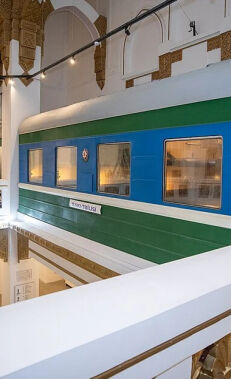
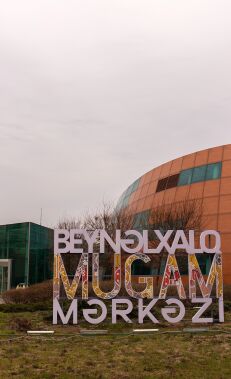

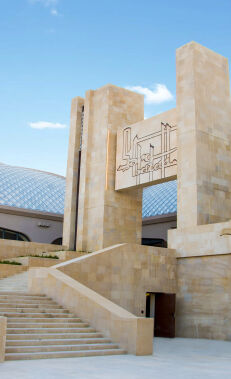
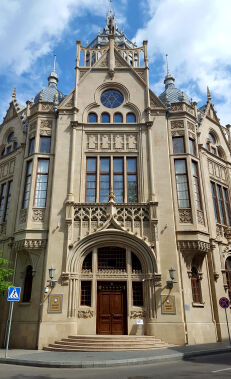
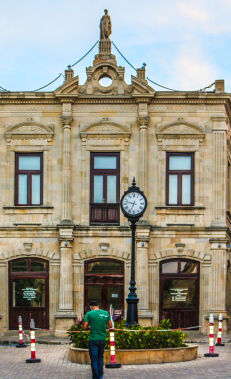

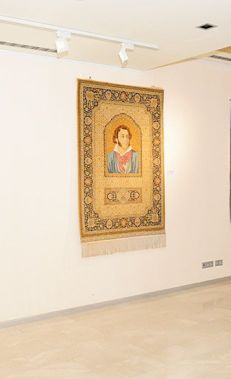




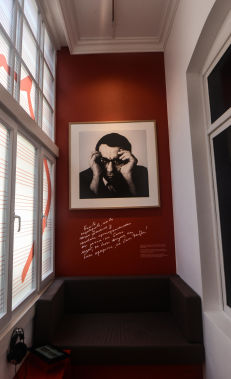
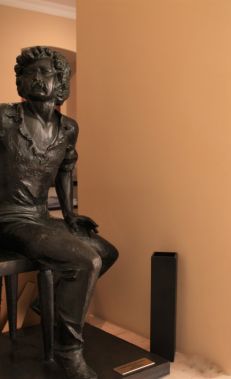
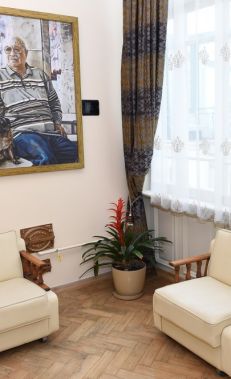
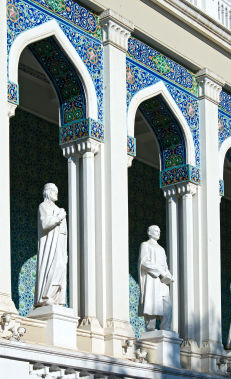

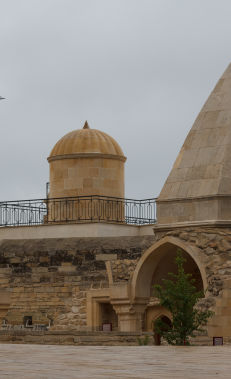

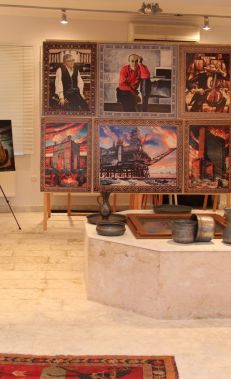
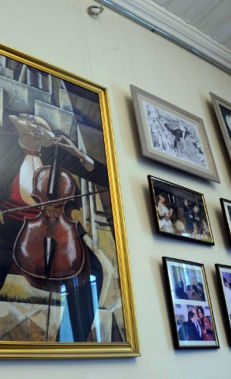

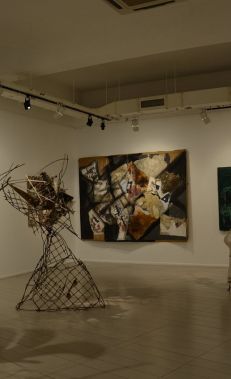
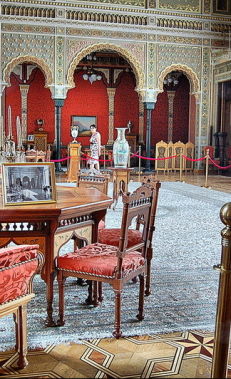

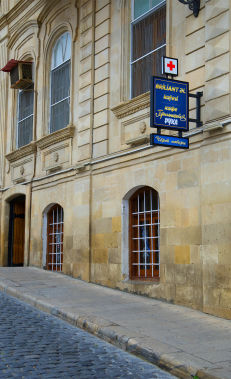
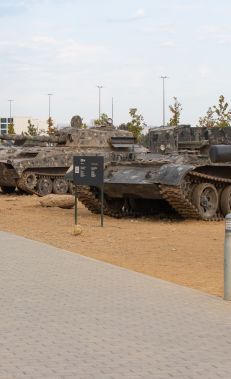


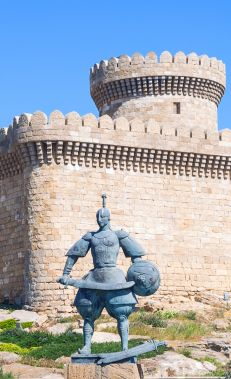



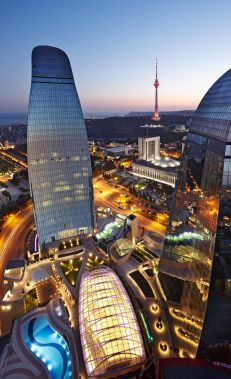
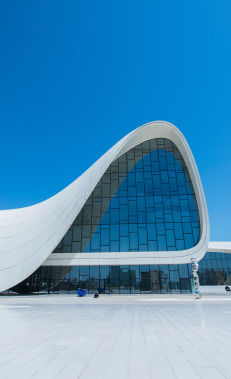
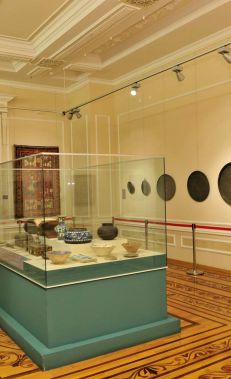



.jpg)





